How to Make Coffee Taste Good: 8 Coffee Making Essentials

Coffee-lovers know a simple truth about their morning beverage – little can compare to the flavour and comfort found in a good cup of coffee.
A good cup of coffee offers far more than caffeine and comfort. The best tasting coffee will allow you to indulge in the moment and savour the flavours. While it is convenient to simply grab a bag of ground coffee at the grocery store, you’re missing out on a more robust flavour experience that can be found in specialty coffee shops.
Coffee testers look for a smooth drink with just enough complexity of flavours, without anything that tastes ‘off’ or exceedingly bitter. You may love your morning coffee, but perhaps you’re in the routine of grabbing your grounds from the grocery store. Maybe you’ve never tasted the joy of freshly roasted and ground coffee.
We’ve put together a guide on how to make coffee taste good. From bean quality to the importance of aroma, you can master these coffee making essentials to inspire you to look at your morning drink differently. Spoiler alert: where the coffee comes from matters!
1. Coffee Bean Quality
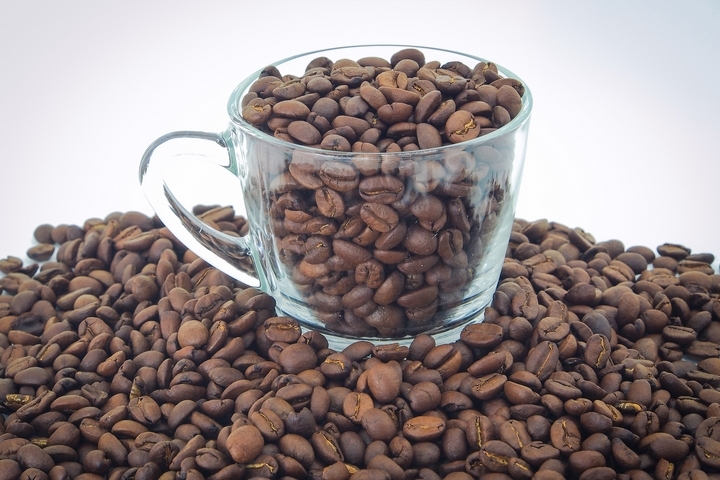
The quality of your coffee beans are influential on how to make coffee taste good. Once ripe, coffee beans are picked, processed and dried, they can be exported for roasting and consumption. Of the handful of bean varieties grown around the world, the arabica bean is considered to be the highest quality.
With a dense, rich bean, arabica flavours are concentrated and sweet. When choosing your coffee beans, consider buying those certified organic and fair trade. Ask your roaster how well they know the origins of their coffee beans.
2. Coffee Region Matters
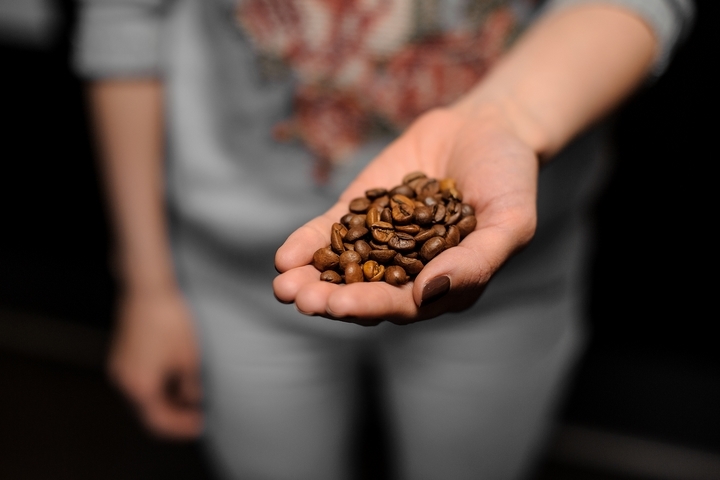
Much like the grape varieties that make up wine regions, coffee beans usually come from handful of regions around the world. For example, you’ve likely heard of coffee originating from Columbia, Kenya, Sumatra or Kona.
These regions produce different aromas, tones and other characteristics, giving them distinct overall flavours and qualities. You can make the coffee taste better when you choose from these well-known countries.
3. Roasting Techniques
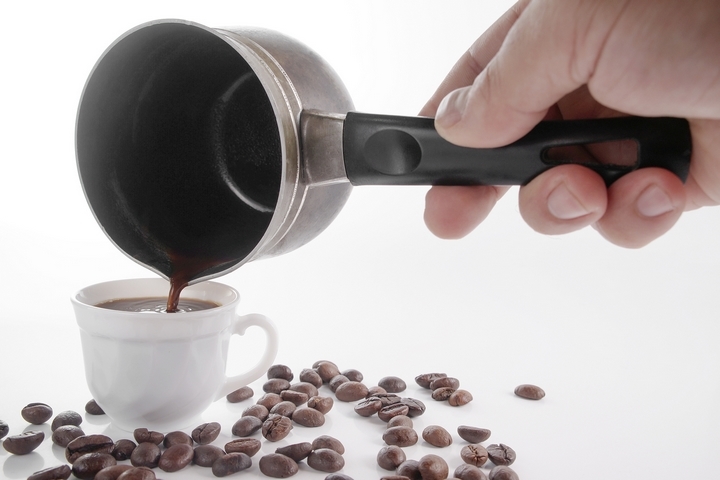
Coffee roasting is a complex process with a huge impact on overall flavour. Only those who have mastered the process can understand how to make coffee taste good.
As heat is applied to green, dried coffee beans, a variety of flavours are locked in. Roasting styles vary from slow and steady to planned temperature boosts at various points along the way.
The overall coffee making process, handled by experienced roasters, gives the coffee its roast profile and resulting flavours. While light roast coffees tend to have a slightly sour taste, darker roasts tend to produce rich flavours with a slightly bittersweet aftertaste.
4. Coffee Flavour & Aroma

Flavour is subjective, and as you experiment with different coffee beans and roast profiles, you will get to know which you prefer. Coffee experts look for smoothness and complexity, with a good amount of body and just the right mix of sour and bitterness.
Part of coffee flavour comes from the aroma, which helps us to taste. The aroma given by coffee is highest shortly after roasting; after which, it drops off rapidly.
5. Coffee Acidity
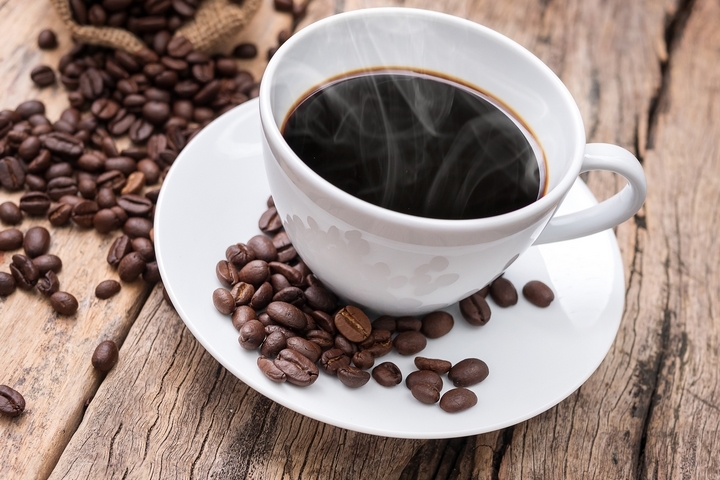
Acidity is an important element of how to make coffee taste good. Ranging from low (smooth) to high (lively), acidity gives coffee a sharp, pleasant after-taste.
High acidity refers to the characteristics delivered by coffee beans, rather than their pH levels. Coffee with acidity refers to bright, fruity, almost wine-like flavour characteristics.
6. Coffee Storage
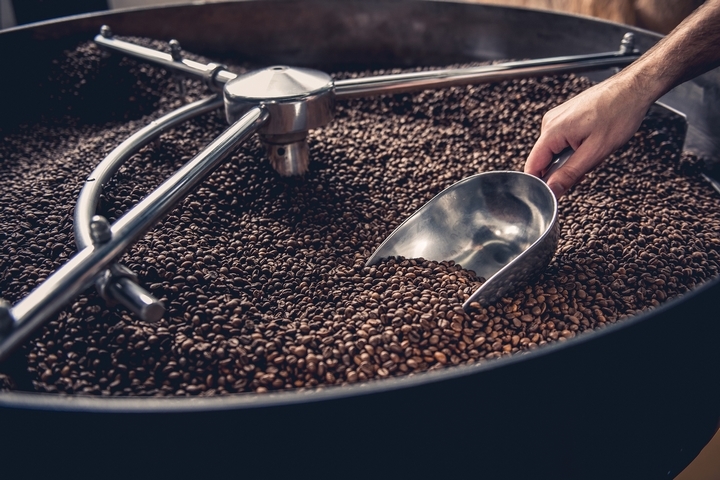
When you find a coffee region and roast you love, you will want the flavour to last as long as possible. As a key starting point, look for beans that have been recently roasted.
Given that coffee loses its freshness quite quickly after roasting, consider making small purchases lasting one or two weeks at a time. This will allow you to replenish your supply with freshly roasted beans. When you get your coffee home, store beans in a cool, dry place.
7. Coffee Bags
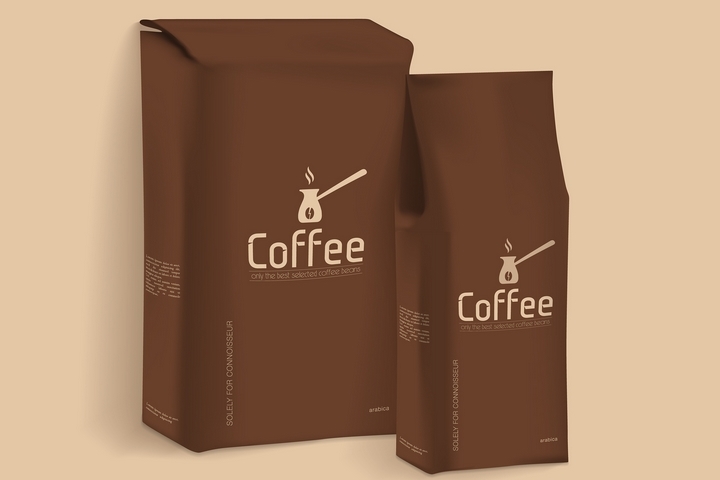
When buying a bag of beans or freshly-ground coffee, look for bags with a one-way valve. Tin cans or bags without a valve are subject to oxygen damage.
A one-way valve allows freshly roasted coffee beans to de-gas, without allowing oxygen to speed deterioration. In other words, your freshly roasted coffee will stay fresh for longer.
8. Coffee Expertise

Finally, one of the most important aspects of enjoying a good coffee is where you go to have it. If you’ve never been to a local coffee house that roasts its own beans, you are in for a treat. The moment you walk inside, you will be greeted with the warm, lively smell of freshly roasted coffee. As you seek out the very best tasting coffees, be sure to make freshly-brewed, newly-roasted coffee part of your experience.
We hope this list inspires you to search out the best tasting coffees for you. Start with a quick search in your neighbourhood—maybe you’ve overlooked a local café or coffee roaster that could just be the place to have your new favourite morning drink.
